


TransformQuantum is a community of engineers and scientists focussed on the challenge of translating the key ideas in quantum science and technology to physical realizations of quantum-enabled devices and systems.
With key players from theoretical, computational and experimental backgrounds, our focus areas are:

TransformQuantum is planning to hold workshops with our U.S. and our international partners. These will be held by teleconference and will be designed to include European and Asia-based participants, with two- to three-hour sessions per day for three or four days. Sessions will include invited speakers and panel discussions, touching on aspects of nanofabrication, packaging, system design, integration of hybrid quantum systems, materials, and other topics.
Supported by NSF through Accelnet's Global Quantum Leap:
March 3, 2024 at the University of Minnesota
Summer 2022: International Training and Research Experience (IRTE) in Quantum Materials & Devices
NIMS, Tsukuba, Japan
Summer 2022: ML4Q Undergraduate Research Internship Program in Germany
Supported by NSF through AccelNet's Global Quantum Leap program:
April 13-15, 2021 via Zoom
March 24-26 2021, 10am-12:30pm CDT (UTC-6) via Zoom

Quantum mechanics, as far as we know, controls everything from sub-atomic particles to the black hole at the center of the Milky Way. Classical Newtonian mechanics is what quantum mechanics looks like at large size scales when quantum coherence is short-lived; the electrons in atoms are what quantum mechanics looks like at small size scales with long-lived quantum coherence.
A fundamental realization that emerged starting perhaps forty years ago is that in fact size does not matter for quantum; researchers have shown that quantum mechanics applies equally to large objects as well as small, where quantum effects have now been seen for objects containing billions of atoms, and only technical challenges have prevented extending this to even larger objects.
What distinguishes quantum from classical is the degree of quantum coherence, mentioned above, which is primarily determined by the strength of an object's interactions with its environment. The stronger those interactions, the less long-lived pure quantum states become, and the more classical that object's behavior becomes. A ball thrown up in the air interacts very strongly with its environment, first with the hand that held it then with the astronomical numbers of molecules in the air that are continually impinging on it. The internal structure of the ball is also extraordinarily complex; putting all the atoms that make up the ball in a coherent quantum state is beyond our current technical abilities. In principle however, this can be done: Scientists are currently not aware of a "size limit" for quantum.
What this means is that researchers are now developing larger and larger quantum systems, built from pieces that we can control individually at the quantum level, and whose interactions with the other pieces can be finely controlled, allowing the assembly of quantum coherent systems with more and more degrees of freedom. This is however a highly challenging process: For example, quantum systems controlled by electrical systems involve connecting wires from the "outside" into the quantum device; each wire however can increase the environmental coupling to the quantum system, and potentially interfere with that system's quantum behavior. The wires and their connections must therefore be carefully designed. More problematic, engineered quantum systems tend to include unwanted quantum systems (which may be atomic-scale) that can't be easily excluded or separately controlled, and can interfere with the programmed operations. Researchers are developing ways around these and other problems, but solutions involve very precise engineering designs, fabrication approaches beyond what has been attempted before, and environmental controls (such as extreme refrigeration) that have not been developed at these size scales. Materials, nanofabrication, packaging, and systems controls are just some aspects of this tremendously challenging engineering project.

TransformQuantum partners with a number of existing networks and other centers. Here are some of our active partnerships:
One of the pillars of the National Nanotechnology Initiative (NNI), the National Nanotechnology Coordinated Infrastructure (NNCI) coordinates nanoscale science and engineering user facilities to provide a nationwide, robust infrastructure and toolset for all researchers who require these capabilities. Initially, the National Nanotechnology Facility at Cornell (1977-1993), followed by the National Nanotechnology Users Network (NNUN, 1993-2003), and then the National Nanotechnology Infrastructure Network (NNIN, 2004-2015) have historically provided specialized nanotechnology resources to all researchers who needed them. The NNCI, established in 2015, is the latest version of this national resource.
The Global Quantum Leap (GQL) is an international "network-of-networks" linking nanofabrication technologies with quantum information sciences. The GQL brings together key nodes within the NSF-funded National Nanotechnology Coordinated Infrastructure (NNCI) and complementary networks in the US and across the globe working on quantum technologies.
Partner networks include:
The Chicago Quantum Exchange (CQE) is an intellectual hub and community of researchers with the common goal of advancing academic and industrial efforts in the science and engineering of quantum information across CQE members, partners, and our region. The hub aims to promote the exploration of quantum information technologies and the development of new applications. The CQE facilitates interactions between research groups of its member and partner institutions and provides an avenue for developing and fostering collaborations, joint projects, and information exchange.
Q-NEXT is a collaboration involving the world's leading minds from the national laboratories, universities and the private sector, is one of five National Quantum Information Science (QIS) Research Centers awarded by the Department of Energy (DOE) in August 2020. It is funded by DOE at $115 million over the next five years. Additional funding from partner organizations totals $93 million. Advances in QIS have the potential to revolutionize information technologies, including quantum computing, quantum communications and quantum sensing.

TransformQuantum includes scientists and engineers from a broad range of academic institutions, industry and national laboratories:
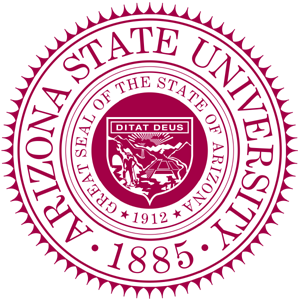
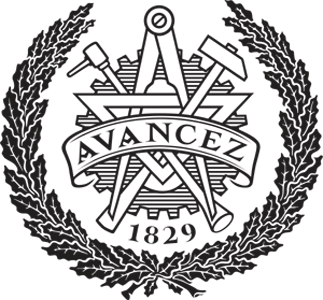

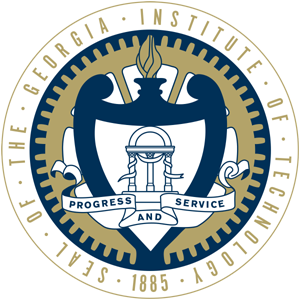
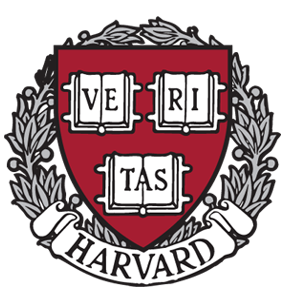
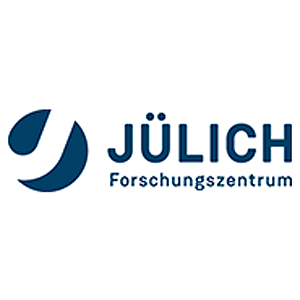
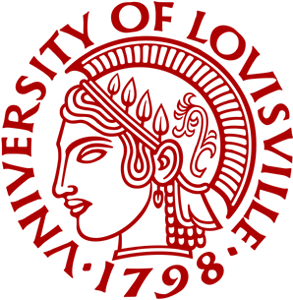
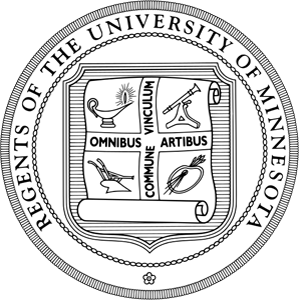
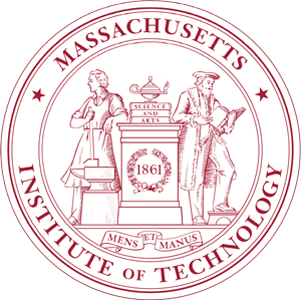

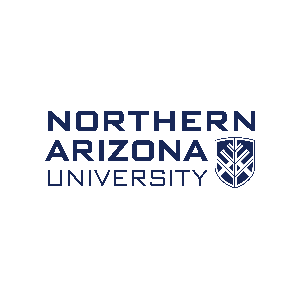

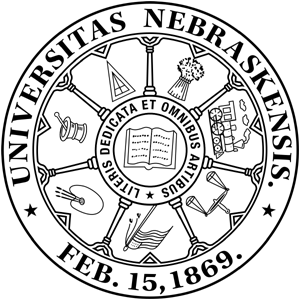
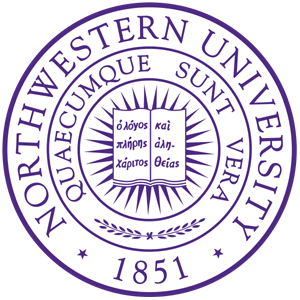
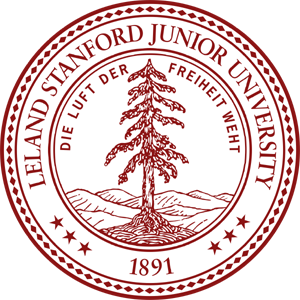

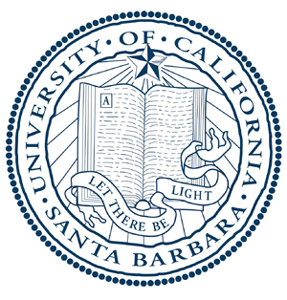

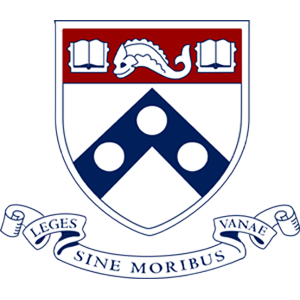
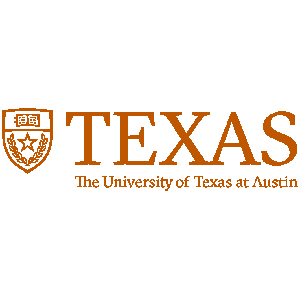
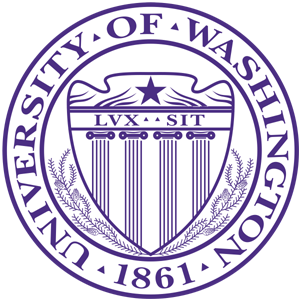
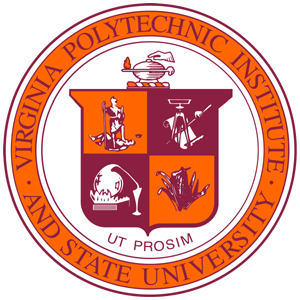
© transformquantum - all rights reserved